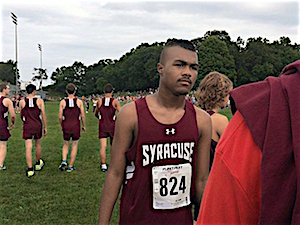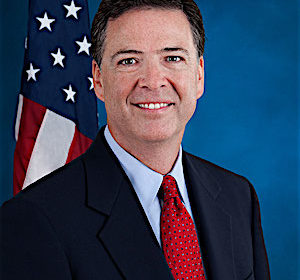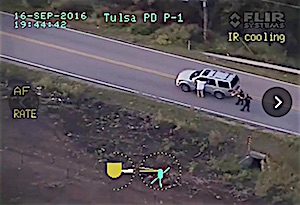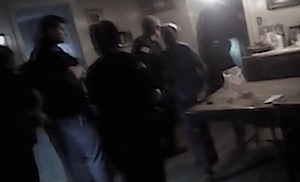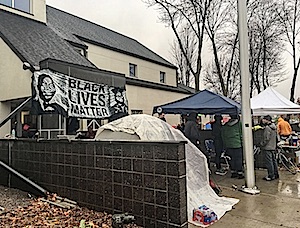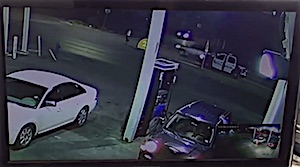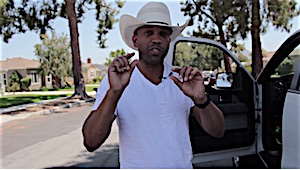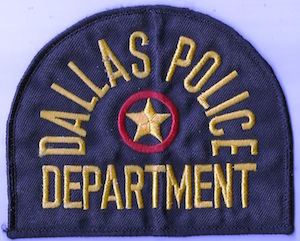The Black Lives Matter movement attempts to confront the injustices, both legal and extralegal, that black people face in the United States. Many high-profile incidents of police brutality, lethal force, and harassment have been recorded on video camera in recent years, including the killings of Freddie Gray, Michael Brown, Erica Garner, Tamir Rice, and many more.
There is a very real tradition of violence against African-American people, which seems shocking and incomprehensible at first glance, but a study of history reveals the source of the injustice. The brutal institution of slavery has shaped the experience of African-descended peoples in the Americas for centuries. Over hundreds of years people of African descent were kidnapped and sold into slavery, by both Christian and Muslim enterprises, transported under harsh and dangerous conditions to distant shores, and forced to labor to benefit their captors.
The laws and attitudes of the slaver nations, including the United States, adapted to accommodate the unholy institution, which became a new normal, and a new moral low, for societies throughout the New World. Reading and other forms of education were prohibited, draconian punishments and tortures became common place, and codified in the United States Constitution, one of the great political documents of history, African slaves counted as only three-fifths of a whole person. These outrages continued, codified by law, until the Civil War, which ended slavery. But even afterwards, black people continued to endure the legal and social costs of slavery. A system of oppressive laws termed Jim Crow kept black people under the thumb of society, and law enforcement, through the 1960s.
Though the 1964 Civil Rights Act and protests of the civil rights era have improved things for African-Americans, still serious problems and inequities remain. It’s clear, and many studies support this observation, that the police throughout the U.S. treat African-Americans differently. They are much more likely to stop and detain African-Americans for trivial things, and when arrested for serious crimes African-Americans receive harsher sentences. Sadly, at least some cops are much harsher and much quicker to use physical force when dealing with black people, even during relatively harmless situations, like routine traffic stops.
Though there are many good cops who try to do the right thing, the police are at the end of the day people, and like everyone else, they have been formed by society and have absorbed societies mores. Police officers are exposed to the same prejudices and stereotypes growing up, and have the same fears and misconceptions as anyone else. The site of a young black man may trigger feelings of fear that the site of a young white man simply does not. To many white people, including the police, a young white man may seem like a student, while a young black man may seem like possible criminal gang member. To be sure, sometimes young black men, and women, are gang members. But many are students and hold down legitimate jobs.
Unfortunately the fear generated by these stereotypes can lead to tragic consequences when the police feel the need, real or merely perceived, to take action. Many black people, even those who haven’t experienced serious abuse or the use of force, report uncomfortable, unfair encounters with the police, during which they felt disrespected, and devalued. These kinds of interactions are reported with much less frequently by white people dealing with the police. Sadly, the perception of many African-Americans is that the police, including black officers, are there to protect and serve society—-from them.
The tide of wrongful killings, and negative interactions with police must stop, of course. But how? Admitting their is a problem is the first step. Many white people, and conservative law-makers, don’t admit a problem exists, and we all must do so in order to bring about positive change. Next, changes in the way the police are trained, equipped, selected for service, and managed day to day can help.
Body and dash cams are an excellent idea that municipalities and law enforcement organizations should implement widely. These recording devices protect the police from false reports of abuse, and can corroborate the stories of honorable cops doing a good job, while catching questionable actions and incidents of genuine abuse. In addition, offending officers must face justice, to win back the trust and respect of the people they serve.
Do you want to help? Write to your congressman. Get involved in local as well as national political elections. Remain active in your community. Read widely and be aware of what’s happening around the nation and the world. Join organizations that promote social justice.
Photo: By Tony Webster from Minneapolis, Minnesota [CC BY-SA 2.0], via Wikimedia Commons


